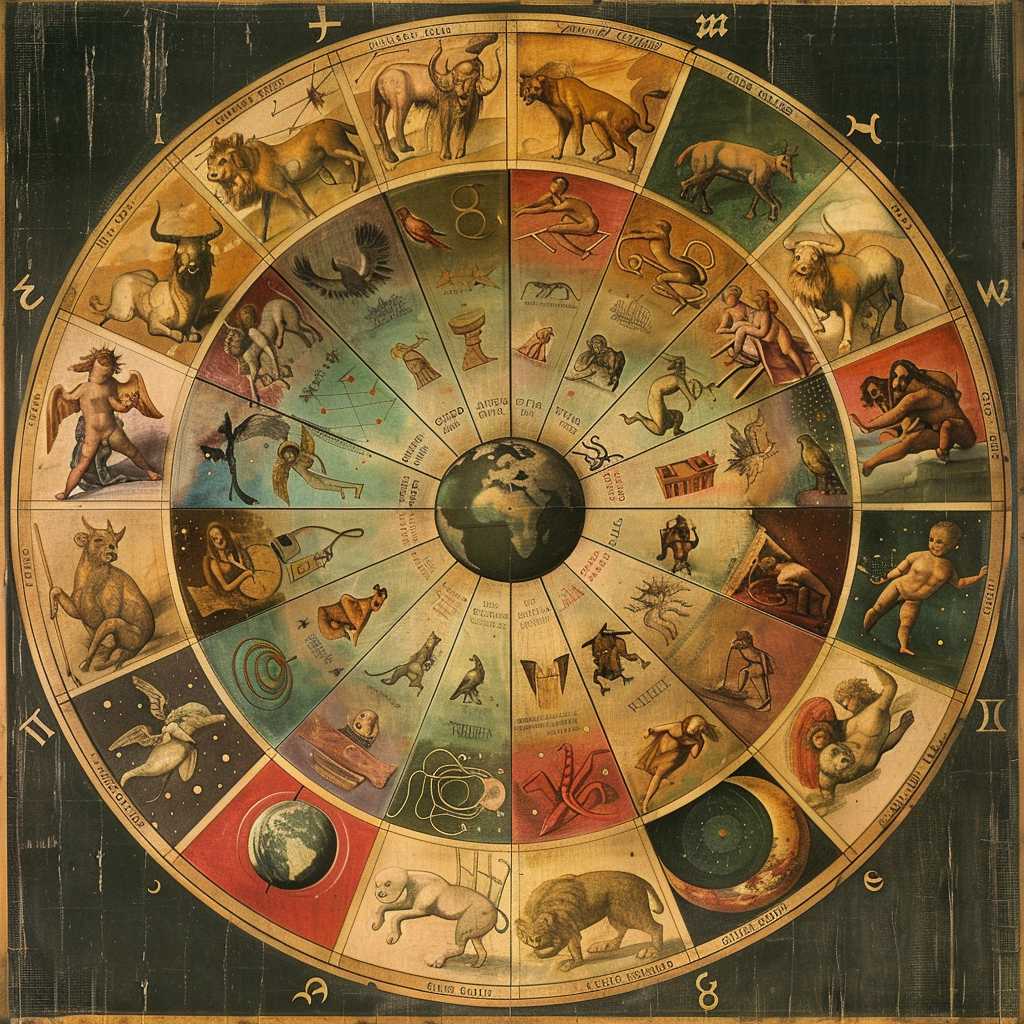The Historical and Cultural Significance of The Twelve Zodiac Signs
The zodiac, an integral element of astrological practices dating back millennia, has maintained a dynamic presence in various cultures around the globe. Its multi-faceted nature encompasses astronomical observations, the assignment of distinctive character traits, and predictions about future events and life paths. The Twelve Zodiac Signs, each corresponding to various divisions of the ecliptic – the sun’s apparent path through the sky – have played prominent roles not just in personal astrology, but have influenced art, literature, and societal customs.
Origins and Evolution of Zodiacal Concepts
The framework for what we know as the Twelve Zodiac Signs has evolved significantly from its ancient roots. Earliest civilizations like the Babylonians are credited with conceptualizing these constellations, which were later refined by the Greeks and propagated throughout the Roman Empire. These civilizations recognized patterns in the stars and attributed mythological figures to each constellation sign. As centuries passed, this astronomical band became subdivided into twelve signs which correspond roughly to the twelve months of the modern calendar, although this measure is not perfectly aligned due to changes over time including the introduction of leap years.
A Division of Sky and Personality Traits
The zodiac is split into 12 equal sections, each associated with a specific sign and set of personality traits. Beginning with Aries, the signs proceed through Taurus, Gemini, Cancer, Leo, Virgo, Libra, Scorpio, Sagittarius, Capricorn, Aquarius to end with Pisces. Each sign alleges an influence on individuals born under its celestial occupation, forecasting tendencies such as bravery (Aries), stubbornness (Taurus), communication skills (Gemini), or compassion (Cancer). Astrology enthusiasts often consult their zodiac forecasts to make sense of past happenings or navigate potential future prospects.
Astronomical Alignments Versus Astrological Symbolism
Zodiac signs also correspond to specific times of year when the sun is projected to be within their respective constellation. However, due to the precession of equinoxes (a slow westward shift of the equinoxes along the ecliptic), there is now roughly a one-month discrepancy between astrological signs and their actual astronomical counterparts.
Astrology in Daily Life and Pop Culture
Astrology and its interpretations of personality based on sun signs have woven themselves into various aspects of everyday life and popular culture. Magazines publish astrology columns advising readers about appropriate times for making major decisions or providing daily horoscopes based on sun sign astrology. In social settings too, questions about one’s “sign” can fuel conversations about compatibility and character.
Criticism and Skepticism Around Zodiacal Claims
Notwithstanding its popularity, astrology—as it relates to The Twelve Zodiac Signs—faces ample criticism. Numerous scientific communities categorically dismiss astrology as lacking empirical evidence or scientific robustness. Detractors posit that responsibilities for one’s actions cannot be deflected onto planetary movements or celestial constellations.
Zodiac Signs Influence in Modern Commercialization
Commercial interest in zodiac signs has surged, as they have become a selling point for various products like horoscope-related books, jewelry inscribed with zodiac symbols, or even themed restaurants and events that cater target audiences based on their astrological profiles.
